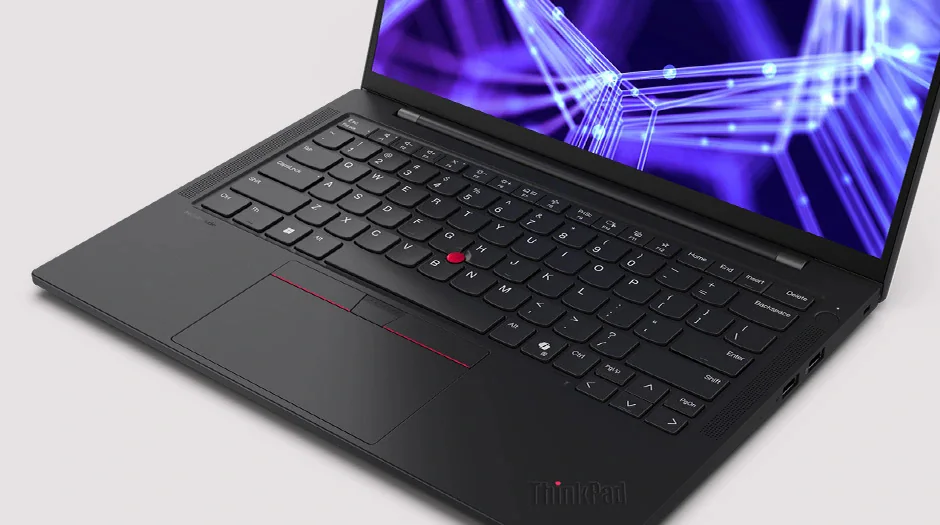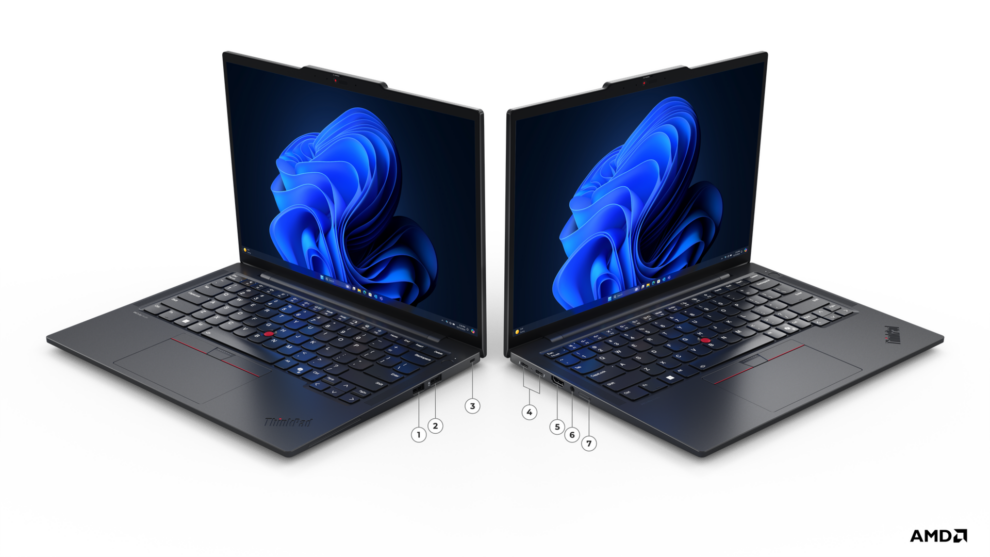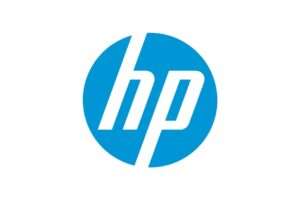Lenovo has unveiled its ThinkPad T14s Gen 6, marking a decisive step away from traditional Intel and AMD processors in favor of Qualcomm’s innovative Snapdragon X Elite platform. This strategic move not only challenges the x86 processor duopoly but also demonstrates the growing viability of ARM-based architecture in mainstream computing.
The latest addition to Lenovo’s renowned ThinkPad lineup, starting at $1,180 in the US and £1,540 in the UK, maintains the brand’s reputation for robust build quality while introducing groundbreaking technology under the hood. At the heart of this transformation lies the Qualcomm-designed Snapdragon X1E-78-100 processor, an ARM-based chip that promises to deliver performance comparable to traditional x86 processors while offering exceptional power efficiency.
Unlike Microsoft’s ill-fated Surface RT experiment with ARM architecture, which was hampered by its inability to run standard Windows applications, the ThinkPad T14s Gen 6 provides a complete Windows 11 Pro experience. Through advanced emulation technology, the device can run traditional Win32 applications while taking full advantage of ARM’s native capabilities, effectively bridging the gap between mobile and desktop computing paradigms.
The Snapdragon X Elite platform brings more than just processing power to the table. The system-on-chip (SoC) includes an Adreno X1-85 GPU capable of 3.8 TFLOPS of performance and a Hexagon NPU AI accelerator rated at 45 TOPS, positioning the laptop at the forefront of artificial intelligence capabilities. This AI processing power matches or slightly exceeds that of Intel’s latest Ultra Core processors, suggesting that Qualcomm has not only caught up to traditional PC processors but may be pulling ahead in certain aspects.

In terms of practical performance, the ThinkPad T14s Gen 6 demonstrates impressive capabilities, particularly in multi-threaded operations. While benchmark tests reveal some limitations in linear tasks compared to Intel-based systems, the laptop’s real-world performance remains robust. The system particularly shines in battery life, with the 58Wh battery delivering an extraordinary 21 hours and 8 minutes in PCMark battery tests – enough to power through nearly three full workdays on a single charge.
Lenovo has maintained the ThinkPad’s reputation for excellent build quality and practical features. Weighing 1.24kg, the laptop matches the portability of Apple’s MacBook Air while offering a comprehensive selection of ports, including Thunderbolt 4/USB 4.0 connectivity. The inclusion of Thunderbolt technology, ironically requiring Intel silicon, demonstrates Lenovo’s commitment to providing a no-compromise solution despite the shift to ARM architecture.
However, the transition to ARM architecture does come with some considerations. The laptop’s memory and storage are not upgradeable, requiring careful consideration of specifications at the time of purchase. Additionally, while most modern applications run smoothly through emulation, some legacy software may face compatibility challenges, though this is expected to improve as more developers release ARM-native versions of their applications.
A more pressing concern lies in the ongoing dispute between ARM Holdings and Qualcomm over ARM technology licensing, which could impact the future availability of Snapdragon X processors. Lenovo has acknowledged awareness of the situation but maintains that there is no immediate impact on their devices, stating their belief in the importance of “fair, reasonable, and transparent license terms” for innovation in the technology industry.
Despite these challenges, the ThinkPad T14s Gen 6 represents a significant milestone in the evolution of personal computing. The successful integration of ARM architecture into a premium business laptop demonstrates that the technology has matured beyond mobile devices and can now compete directly with traditional PC processors. The combination of robust performance, exceptional battery life, and comprehensive Windows compatibility suggests that ARM-based systems could become increasingly common in the professional computing space.
The laptop’s pricing structure, while premium, remains competitive with similar Intel and AMD-based systems, particularly when considering the advanced technology and potential power savings. With configurations ranging from basic models to high-end versions featuring 64GB of RAM, 1TB storage, and 2.8K OLED displays, Lenovo has positioned the ThinkPad T14s Gen 6 to cater to a wide range of professional users.
As the PC industry continues to evolve, the ThinkPad T14s Gen 6 serves as a compelling example of how ARM architecture could inject new energy into what has become a somewhat stagnant market. While the ongoing licensing dispute between ARM and Qualcomm adds uncertainty to the future of this particular platform, the success of this implementation suggests that ARM-based systems are likely to play an increasingly important role in the future of personal computing.















Add Comment